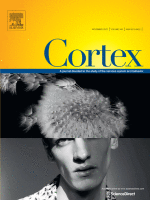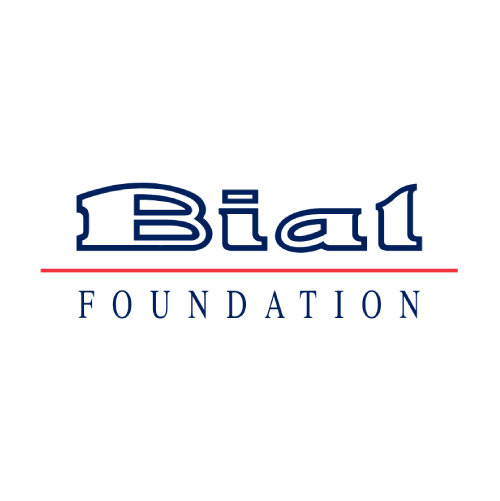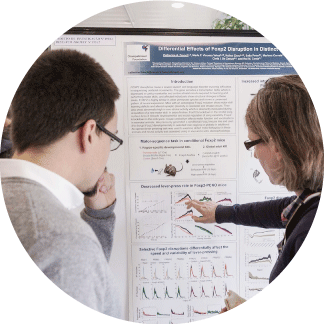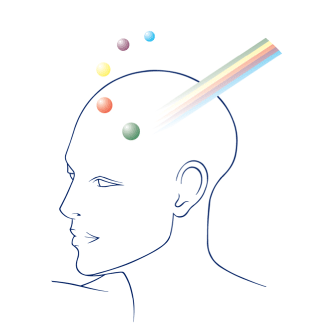News
Top Stories

Does your dog have social skills?
A study suggests that viewing the owner’s face works as a positive social reinforcement for dogs. Learn more about this and other surprising results about “man’s best friend”.
News

Nuno Grande Doctoral Scholarship 2023: applications are open
Applications are now open for the Nuno Grande Doctoral Scholarship 2023, worth €25,000. Candidates must, at the time of application submission, be enrolled in the Doctoral Program in Medical Sciences at the Abel Salazar Institute of Biomedical Sciences (ICBAS). The applications are open until January 19, 2024.

How submovements are coordinated?
In the scope of the research project 246/20 - The hidden rhythm of interpersonal (sub-)movement coordination, supported by the BIAL Foundation, the research team led by Alice Tomassini studied the submovement coordination at an individual- and dyadic-level. Participants performed a series of bimanual tasks in coordination with a partner (dyadic task) or alone (solo task) and, in the latter case, with or without visual feedback. Data, presented in the paper The microstructure of intra- and interpersonal coordination published in the Proceedings of the Royal Society B, showed that distinct coordinative structures emerged at the level of submovements, as a result of feedback properties. Specifically, the relative timing of submovements (between partners/effectors) shifted from alternation to simultaneity and a mixture of both when coordination is achieved using vision (interpersonal), proprioception/efference-copy only (intrapersonal, without vision) or all information sources (intrapersonal, with vision), respectively.

Can the brain act as a psi-inhibitory filter?
Morris Freedman’s neurobiological model suggests that the frontal lobes of the brain act as a filter to inhibit psi and implies that humans may have innate psi abilities that are suppressed by this frontal lobe filter. To test this model, the research team of the research project 210/18 - Mind-matter Interactions and the Frontal Lobes of the Brain, supported by the BIAL Foundation, used repetitive transcranial magnetic stimulation (rTMS) to induce reversible brain lesions in the left medial middle frontal region in healthy participants. Data confirmed their a priori hypothesis, that is, healthy participants with reversible rTMS induced lesions affecting the left medial middle frontal brain region showed larger effects on a mind-matter interaction task compared to healthy participants without rTMS induced lesions. These findings support the concept that the brain serves as a filter to block psi effects and may help explain why these effects are so small and hard to replicate in healthy participants. To know more about the study, please read the paper Enhanced mind-matter interactions following rTMS induced frontal lobe inhibition, published in the journal Cortex.





